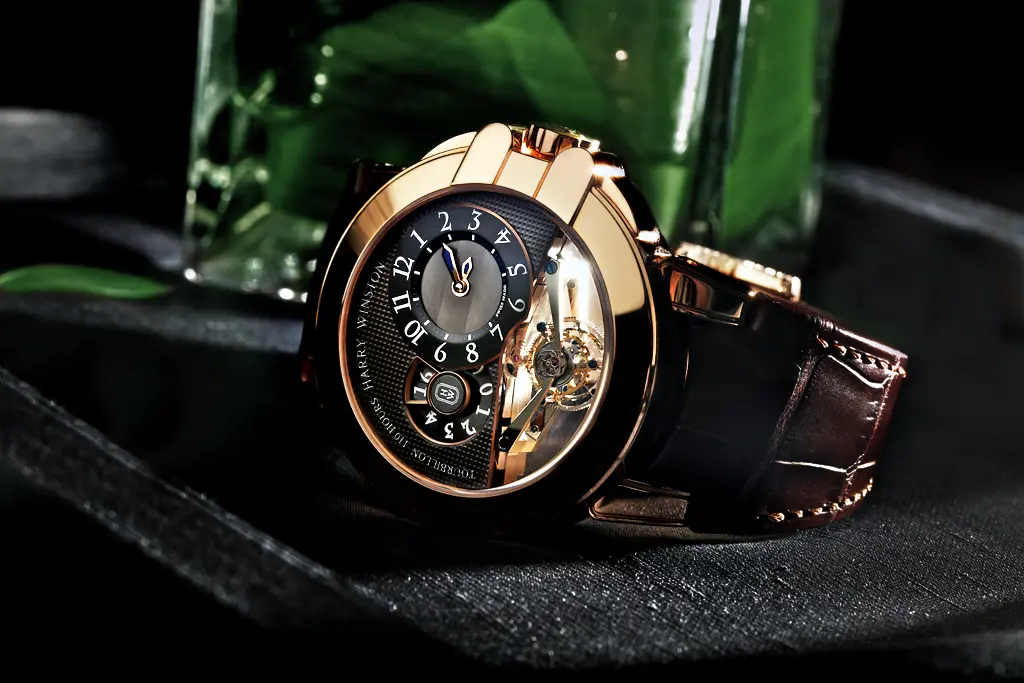
Written by Ariel Maccarone
Whether it be through Greek mythology, @YungPueblo’s Instagram feed, or the truth you swear by in that one Subreddit, we are uniquely nourished by the meaning we find in stories. We are belief-based creatures. We guide our decisions by what we believe is true in the moment. Evolution thoughtfully wired our brains to act as sponges for information about our environment. It ensures our survival (more or less). From that deep pool of knowledge, we draw a cohesive story about how the world works. In order to thrive, or merely survive, we need story.
During my research I learned that musicians once kept time using the human heartbeat, like an organic metronome. The pulse was taken as 80 beats per minute. I was captivated by the obsession with measuring, weighing and judging the world and soon learned that this addiction to precision is what built the film industry.
Chase Kaufman is the co-creator and original co-host of the podcast On Time which featured roundtable discussions with experts in the watchmaking industry. He is best described as a religious collector of obscure watches since childhood. As we sat down to discuss the relevance of watch development, I quickly realized if anyone could understand the human fascination with precision, it would be Chase.
Chase explained his love for watches during the first episode of On Time: “What I like specifically about watches — what makes me passionate about them — is that watches are a kind of modern product. [They’re] the end product of what is the most important thing, what almost makes us human: our ability to measure time and the ability to understand time. That ability is unique to our species in a way we can understand it and divide it and measure it so precisely, and it’s the reason that it underlies everything that we do — every science, every piece of engineering, whether it’s the space program, whether it’s the ability to build cars or houses. If we can’t measure time, we can’t do anything.”

You need to know how long it takes
to convey something, and with
how much force, so that people
have time to digest the concept...
Our bodies are designed to rely on collaboration for survival. We are social animals. The success of that collaboration is determined, in part, by how effectively we can engage one another. Leading up to the 19th century, the primary mode of transportation was horseback. And though horses did, no doubt, allow us to engage with communities farther away, that mobility was nothing in comparison to what the railroad could offer.
“It was the railroad that brought us time zones,” Chase said. “You couldn’t operate a complex railroad without a clock. You couldn’t have any mass transit if you think about it. Time is one of the last things which we take for granted that became democratized. People had horses well back before the 20th century, so there was relatively equal access to transportation. But the ability to have timekeeping ‘mobility’ — or timekeeping away from your town — came very recently."
This revolution in timekeeping laid the groundwork for what Chase calls the "time arts." Consider the "time arts" to be those artforms which are dynamic in nature and rely on movement for expression. For example: the arts of dance, music and cinema. "Look at the evolution of film," Chase said. "Think about watching something in the 1920s or the 1950s when there was this almost corny statement of the obvious in everything. Whereas now we represent concepts and convey thoughts in film without overtly stating them. You need to know how long it takes to convey something, and with how much force, so that people have time to digest the concept, and [do so] without dwelling on it and making it seem awkward. If you think about interactions on film, film does not accurately portray life. Film conveys life in a way that we find it digestible."
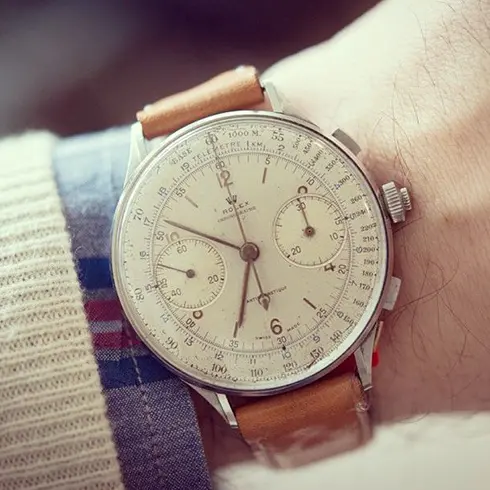
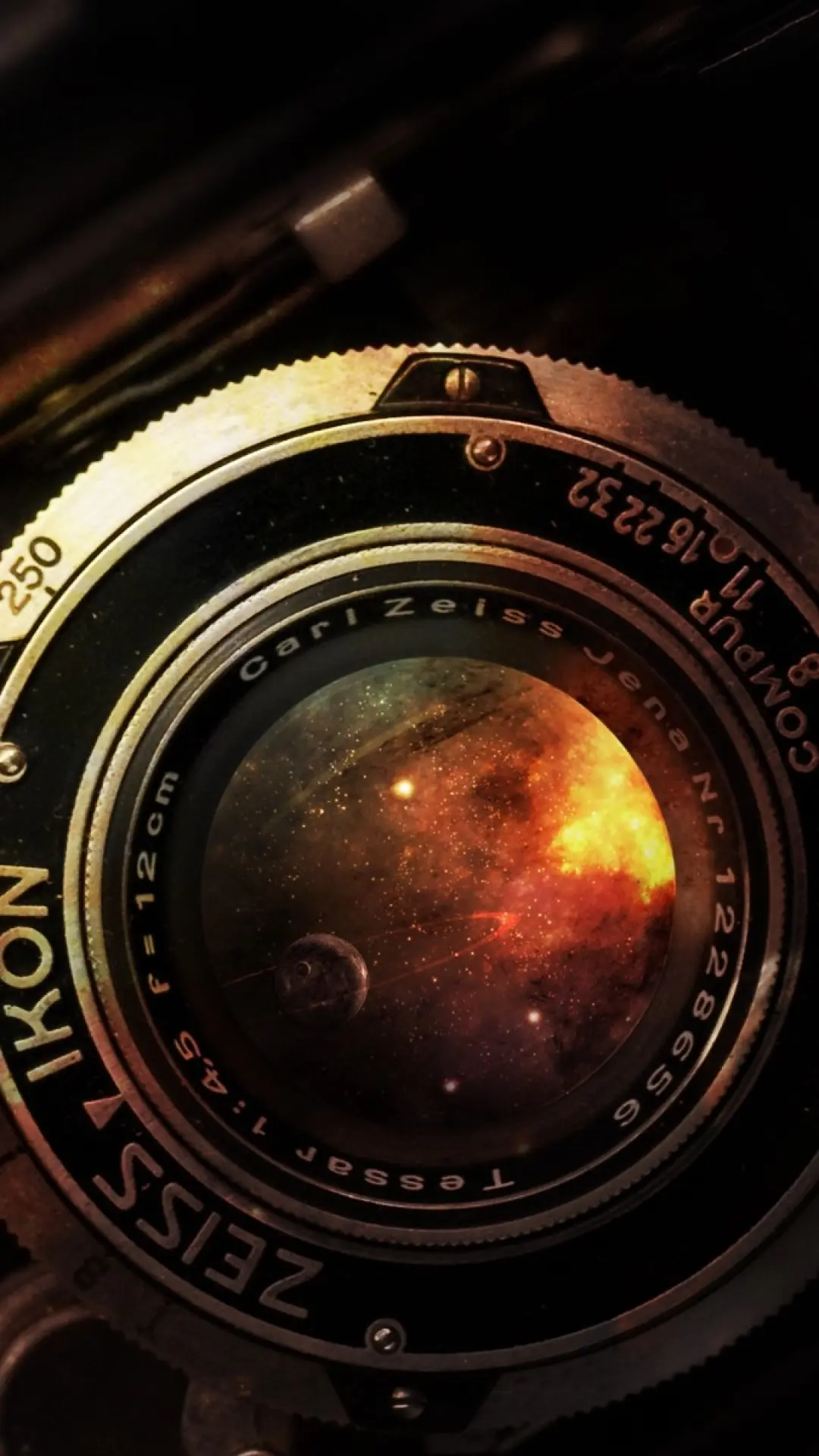
During my conversation with Chase, Richard Goodwin — a friend and software developer who calls himself a “deckhand on the interweb” — joined us. I catch Richard up to speed on our conversation and we begin discussing how people related to the concept of time prior to industrial revolution (1760-1840).
“Think about this,” Richard said. “I [would] say, ‘Hey, let’s have lunch,’ or ‘Let’s meet next Sunday,’ and you [would] ask, ‘Morning or afternoon?’ There was timekeeping before, but the notion of time wasn’t so industrialized. Time was very important, but in a very different way. You knew when you had to plant your crops. You knew that everyone got up a bit after sunrise, but you didn’t have this notion of, ‘Let’s meet at 9:30.’ There were also elaborate, sort of celestial or religious calendars, but it wasn’t like clock accuracy."
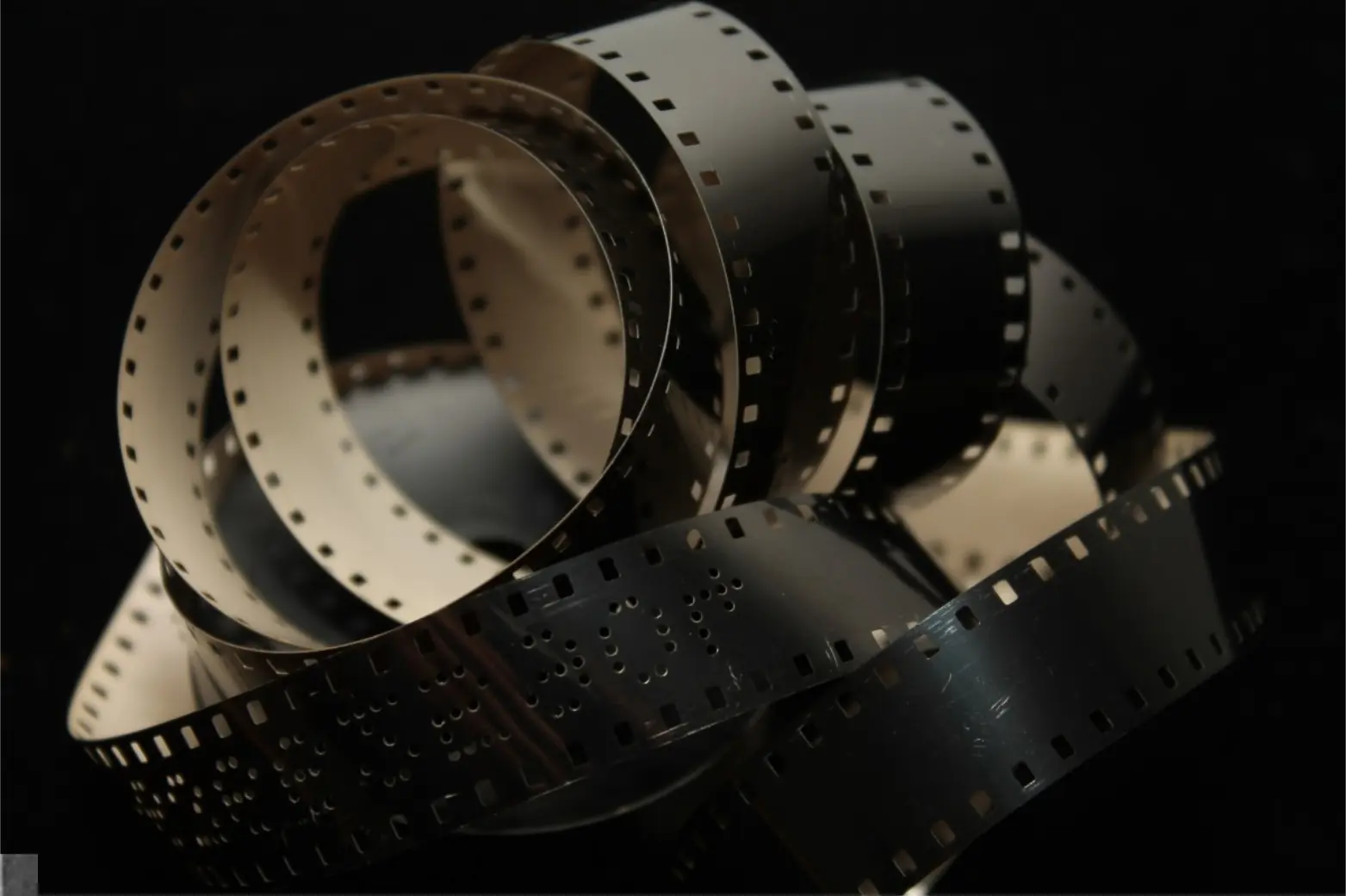
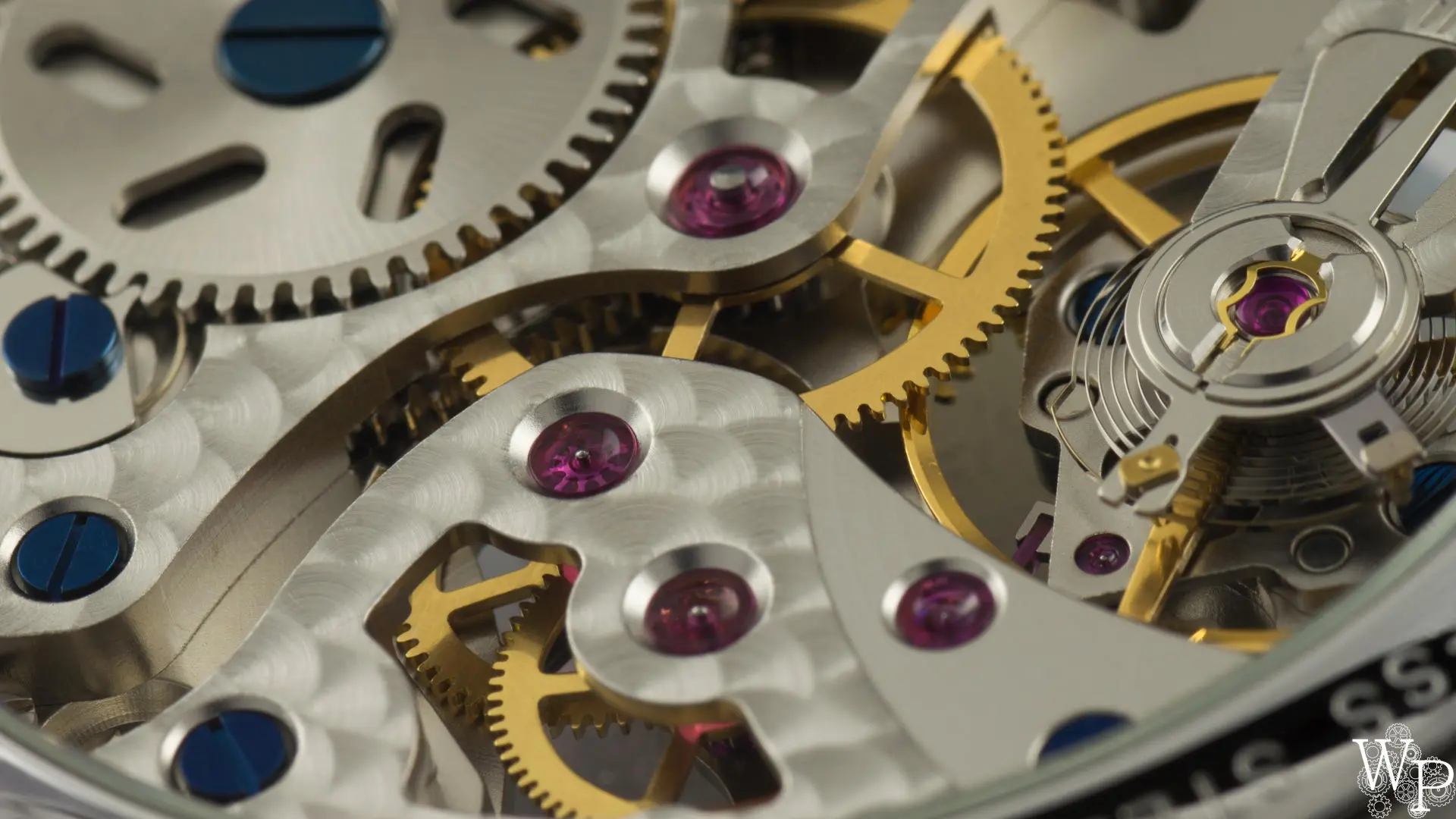
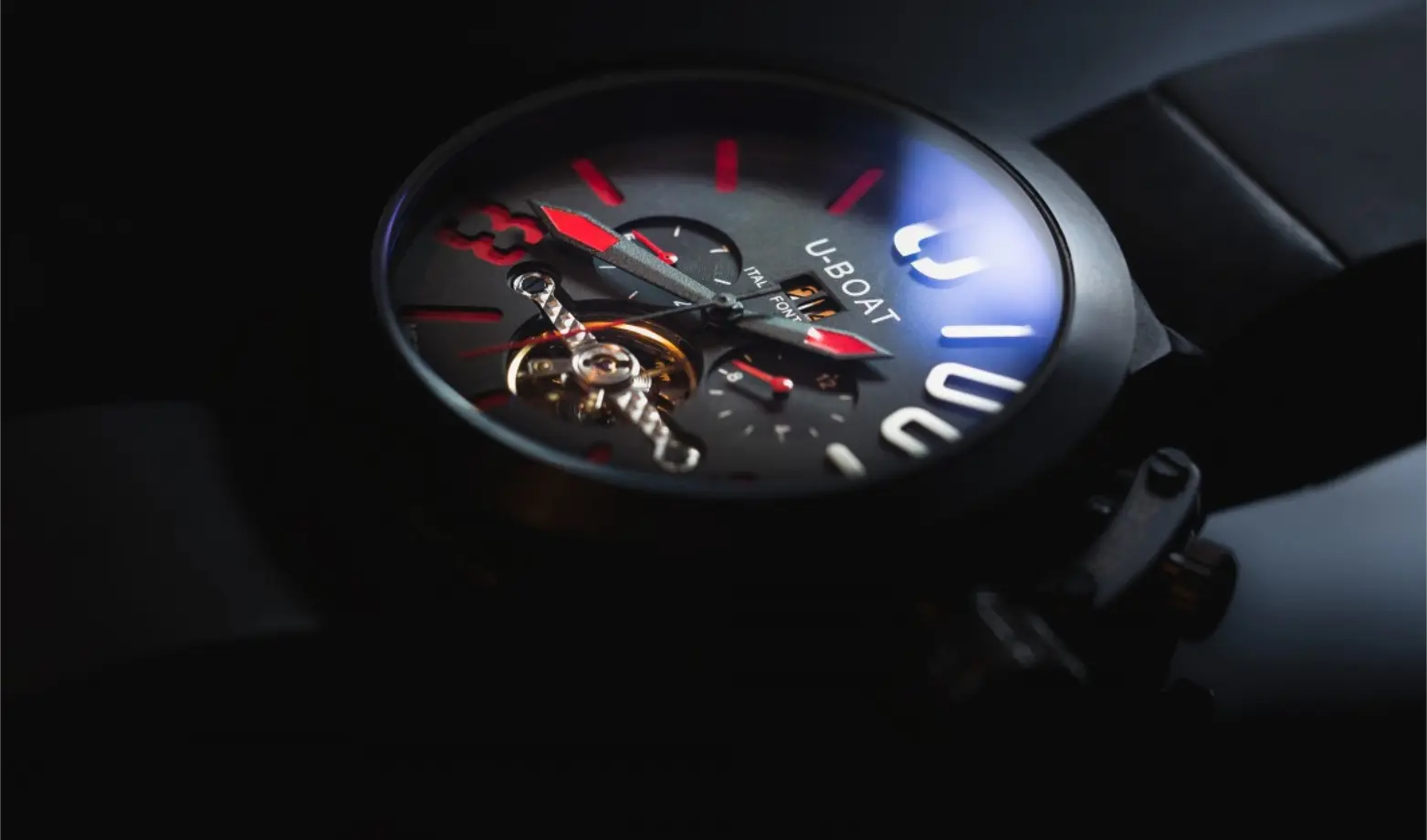
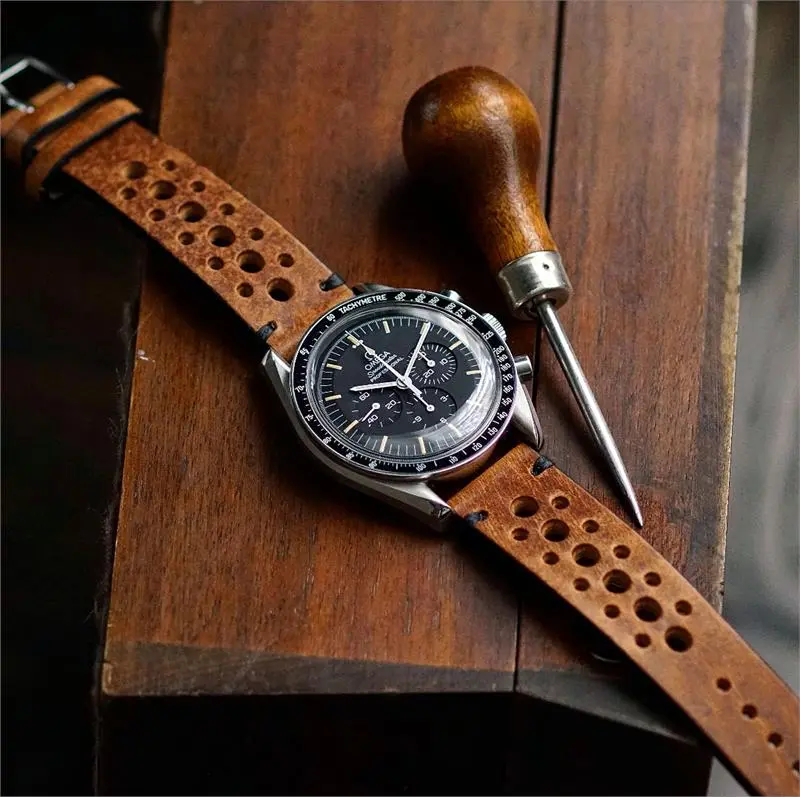
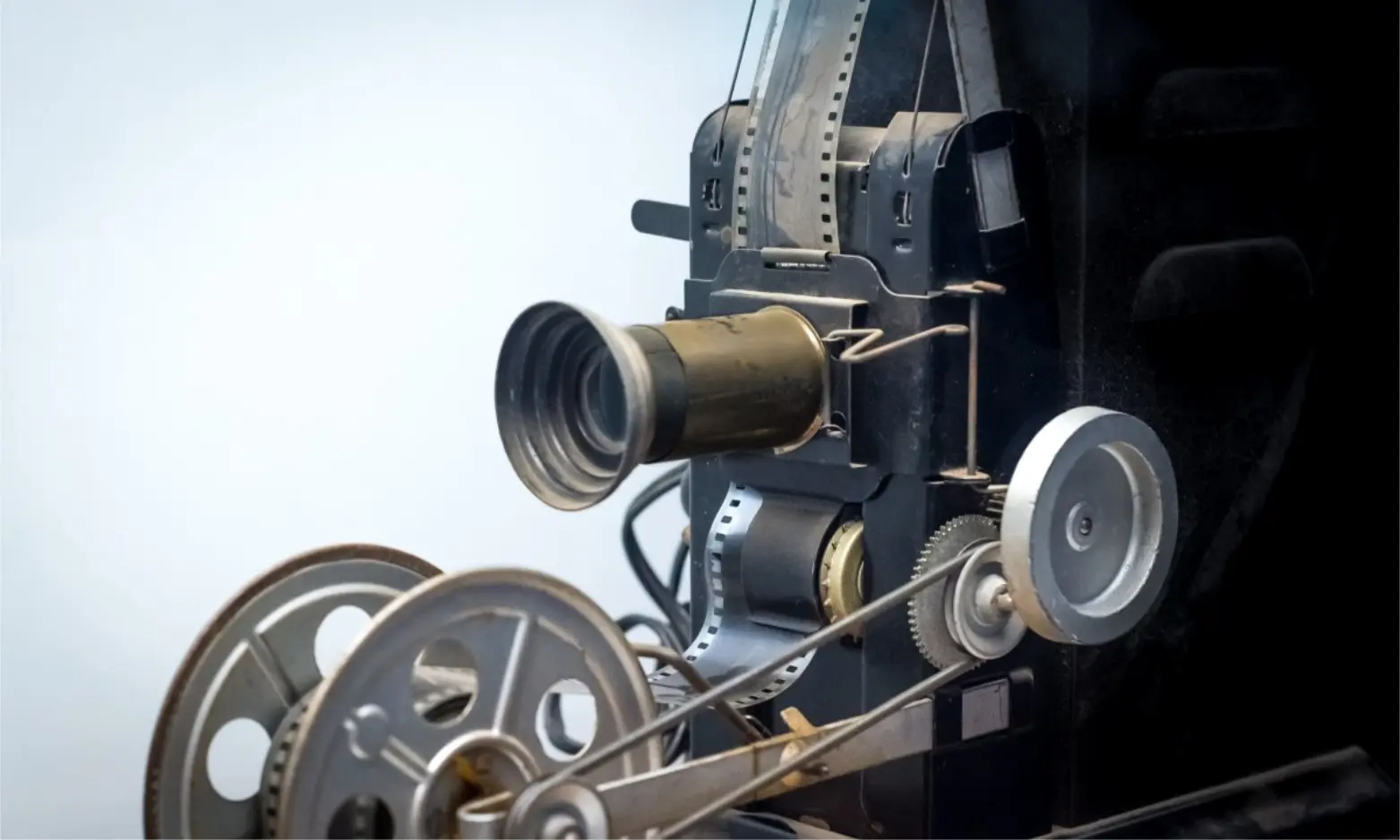
I then asked about the relationship between this revolution in timekeeping and the growth of photography. “The camera was sort of a clock that had a shutter,” Richard answered. “It takes a 60th of a second. The original cinema cameras were clocks that told time at 24 frames a second. I don’t think the movie camera would have been possible without all the watch [development].”
Chase elaborated on Richard’s point saying, “The availability of photography followed relatively shortly after the availability of timekeeping. The wide availability of high-precision timekeeping is what allowed films with sound. Broader mechanization and implementation of precision timekeeping is what allowed you to have the synchronization of multiple tracks. Without accurate time signatures you couldn’t have an intelligible ‘talkie,’ or sound film. You would just have the video and you could interject the subtitles played through; something like that.”
Later, I asked Chase how intimate the industries of film and watchmaking were.
“I can tell you, with absolute certainty,” he said, “that the manufacturers of film equipment and watches were either related or one in the same — specifically in the United States. So, you had watch companies like Westinghouse which made both timekeeping and film equipment.”
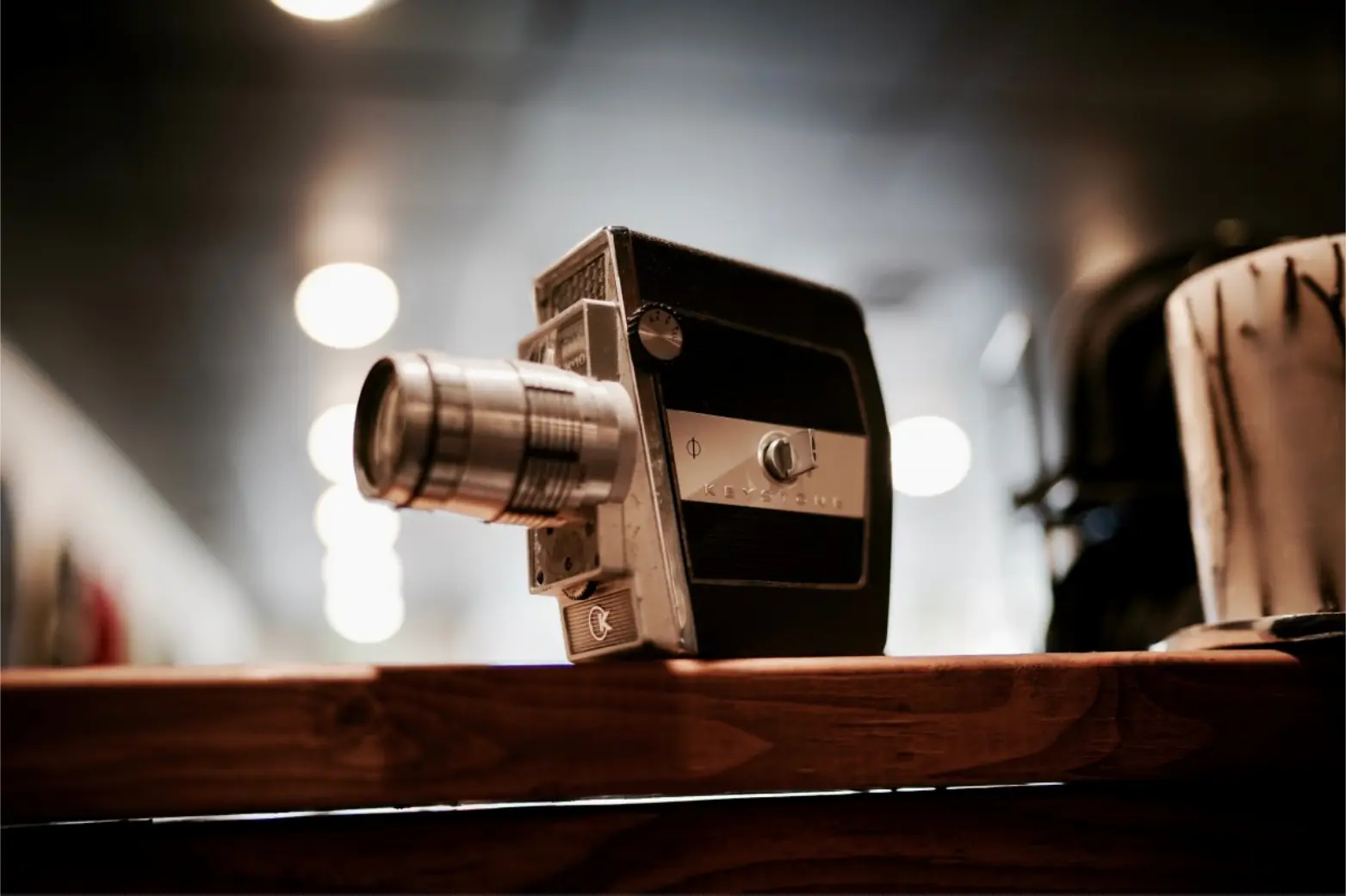
He explained that the United States government was also intimately involved in the development of watches and research related to timekeeping. “For a long time, there were classified documents that dealt with timekeeping because the ability to produce precision ‘time devices’ was considered a matter of national security,” Chase said. “They were declassified, I believe, in the last 20 years. One of my colleagues has books from Hamilton or Walton that are indicated as being Department of Defense paperwork and that say they are classified documents. Even today, you could go on the Department of Defense website and look up the codes and classifications for watches for different purposes. So, for a field-issue watch that would be issued to infantry, there’s a code for that specification. There’s one for diver’s watches. There’s a bomb timer. There are all types of codes that still exist for these things.”
The evolution of timekeeping facilitated a certain way of seeing the world. A world in which film would become the most impactful artistic medium would not have occurred but for the innovations in timekeeping that occurred over a century before it. “I think that so many people take for granted just knowing what time it is,” Chase continued. “It’s something that 300 years ago, you actually had to walk to the middle of your town to go see the one clock that was there to know what time it was. Now people just dismiss watches and clocks as commonplace, but this was kind of the most important thing that our species did that transformed us from bumbling around and basically screwing around with crude machines to being able to do everything that we do today. And so, watches are a wonderful example of the art of humanity. It’s aesthetics, and it’s engineering, and it’s science, and it’s the origin of modern humanity all rolled into one [watch] that you can appreciate every day and that you can use to express your own personal style and personality.” -